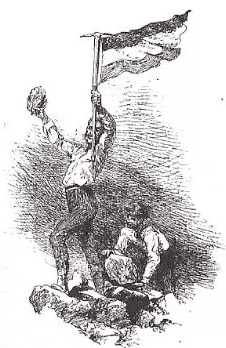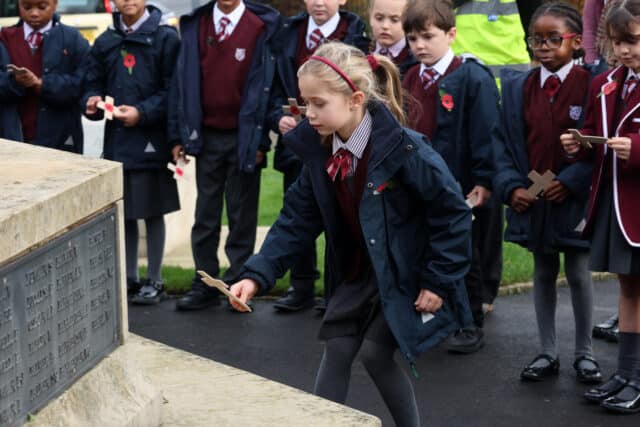Climbing Kilimanjaro
It’s German Enrichment week, and in Monday’s assembly, we celebrated the anniversary (6th October) in 1889 of a significant anniversary in the history of exploration: the first successful ascent of Mount Kilimanjaro, by German geology professor Hans Meyer and Austrian mountaineer Ludwig Purtscheller.
Mount Kilimanjaro, a dormant volcano in Tanzania, stands as the highest mountain in Africa and the highest free-standing mountain in the world. It is composed of three distinct volcanic cones – Kibo (the highest at 5,895m), Mawenzi, and Shira – and its towering, snow-capped summit remains a formidable challenge for explorers, let alone those trying to ascend it well over 100 years ago.
Hans Meyer was a geography professor and passionate explorer from Leipzig, Germany, who honed his skills on expeditions to the Andes Mountains in South America. He recruited Ludwig Purtscheller, an Austrian physical education teacher with a reputation for daring, specifically for the Kilimanjaro expedition. Before Meyer’s success, many attempts to conquer Kilimanjaro had failed. Explorers like Count Samuel Teleki and Otto Ehlers faced immense difficulties, including illness, lack of appropriate equipment for snow and ice, and doubts about claimed high points. Meyer himself had two earlier unsuccessful attempts in 1887 and 1888.
It was only on his third attempt in 1889 that he succeeded. The key to this success was tackling their biggest obstacle, which was a lack of food available at higher altitudes. Meyer solved this by establishing strategic intermediate camps at various points, which allowed his team of porters, supervisors, a cook, and a local guide to make multiple summit attempts without having to return to the mountain’s base for supplies. Despite facing a number of challenges that included desertions, elephant traps, and of course, the difficult terrain, Meyer persevered. Conditions were significantly tougher then, with far more snow and ice than today, requiring them to painstakingly carve steps into ice cliffs. On October 6th, 1889, after an earlier summit attempt was thwarted by fading light and weather, Meyer and Purtscheller finally reached the highest point, Uhuru Peak. It would be another 20 years before Kibo, the highest of Kilimanjaro’s three peaks, would be scaled again.’
The efforts of Meyer and Purtscheller inspired many future climbers. It is estimated that around 380,000 people have climbed Kilimanjaro, with approximately 50,000 people attempting to do so every year. Of these climbers, only around 60% successfully reach the summit, despite the modern equipment, training, and availability of experienced guides that simply didn’t exist in the 1800s.
As it happens, one member of the Brentwood School community is partway through his own attempt to climb Mount Kilimanjaro. Mrs Carabache’s (Houseparent of Mill Hill House) husband, James, is on his way, hopefully to the top, in support of the charity Breakthrough T1D, which was also the chosen charity for our Musical in a Day back in July. Breakthrough T1D raises money and awareness for Type 1 Diabetes, which affects around 400,00 people in the UK.
I’m sure you will all join me in wishing Mr Carabache well as he seeks to follow in the footsteps of Hans Meyer. If you would like to support James’ fundraising campaign, you can read more about his reasons for taking up this challenge here.
Have a great weekend.
Best wishes
Michael Bond




